Soap with Fresh Goat’s Milk Recipe Ingredients
- Coconut oil – 567 g
- Olive oil – 567 g
- Rice bran oil – 142 g
- Avocado oil – 142 g
- Castor oil – 114 g
- Shea butter – 142 g
- Sweet Almond oil 142 g
- Goat’s milk 510 g
- Sodium hydroxide lye – 255 G
- Tea tree essential oil
Instructions
- First, we create the lye solution. My goat’s milk is frozen in plastic freezer bags. Take the frozen milk out of the bags and chop it into smaller pieces.
- Weigh the required amount. I like to put a splash of water with the goat’s milk to start the lye dissolving. You don’t need much; I used about 30 g.
- Create an ice water bath by putting ice cubes and water into a bowl big enough to set your lye container into (red bowl above). Sprinkle about 1/4 of your lye and start mixing. One of the cool things about soaping with milk is that you don’t get the fumes like you do when making a lye solution with water. It’s important to sprinkle your lye while mixing and not dumping it entirely into the goat’s milk. If you just dump it, it can create crusty lye clumps that are hard to dissolve because there is not initially enough liquid to dissolve it all at once. Some of these lye clumps can go without getting dissolved and end up in your finished soap. You don’t want that! So start with sprinkling about 1/4 of the lye and mix mix mix. It will start melting the goat’s milk.
- Once it melts a bit, add another 1/4 of the lye and mix some more. Do this until you have completely mixed in the lye. Please note that your lye solution can turn bright yellow! This is a bit shocking, but it is normal.
- Put your lye solution aside. I keep it in the cold water bath and just set it in the sink.
- Melt the hard oils. Add the liquid oils to the melted oils. Adding the liquid oils to the melted oils helps to bring the temperature down. If we were to measure out all of the oils (liquid and solid) and then melt…the temperature of the total mixture would be hot and we’d have to wait to bring the temps down. It is unnecessary to heat the liquid oils along with the solid ones.
- Once we have the oils ready… it’s time to make soap! You can add your fragrance to the melted oils. I used a bit of tea tree essential oil.
- Give the lye solution a good stir. You can see there are some globs in it. Milk contains fat so this is a bit of that fat turning into soap. I like to give it a good whisk to break the globs up a bit…but I’m sure the stick blender does that as well.
- Add the lye solution to the oils.
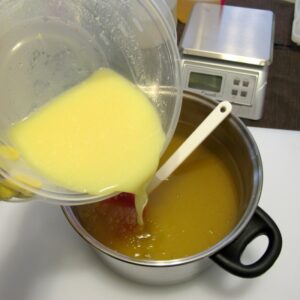
- Bring the mixture to trace.
- Pour into your molds. You can use any type of molds that you want but realize that larger volume loaf or block molds will hold more heat and can cause your soap to overheat. You can even put your molds in the fridge or freezer to help keep the in-mold temps down but mine were fine as they were.
- Un-mold 24 hours later, slice into bars and cure for 4 or more weeks. When you first cut the soap it can have an ammonia type of smell. It should go away after a couple of days. (So don’t think you did something wrong! It’s normal.)
- The sphere mold – I was trying this mold out for the first time. The soap did not gel and its a softer recipe so I was a bit concerned with un-molding. Because the inside of the mold is smooth as glass, I had no issues with the soap sticking. It un-molded beautifully and created some super smooth, super cute round soaps! I can’t wait to use it again. I guess if I were concerned enough…I could have put it in the freezer first but I didn’t have any issues. It created 3.6 oz soap balls which will probably cure to be about 3.5 oz. They fit nicely in the hand.

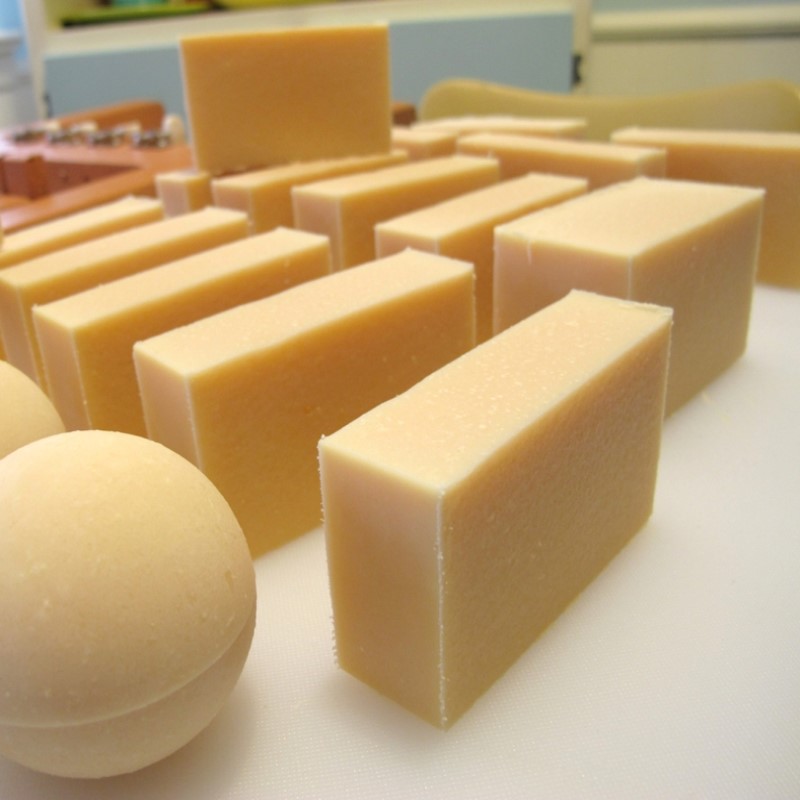
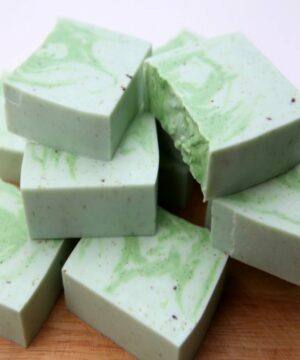
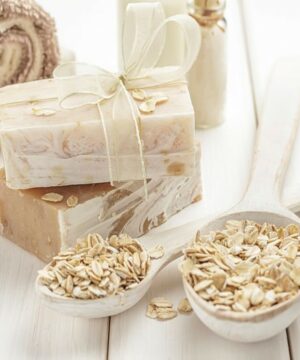
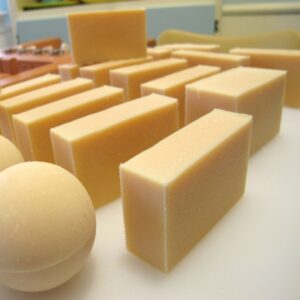
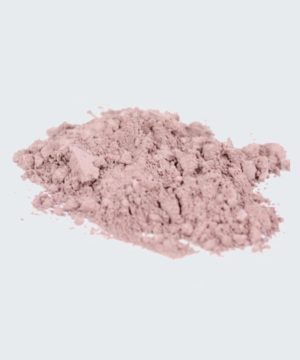
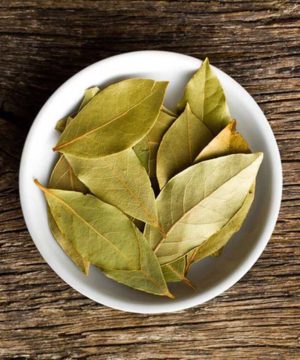
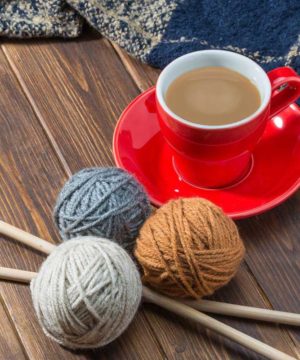
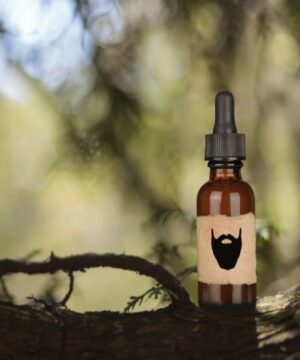
Reviews
There are no reviews yet.